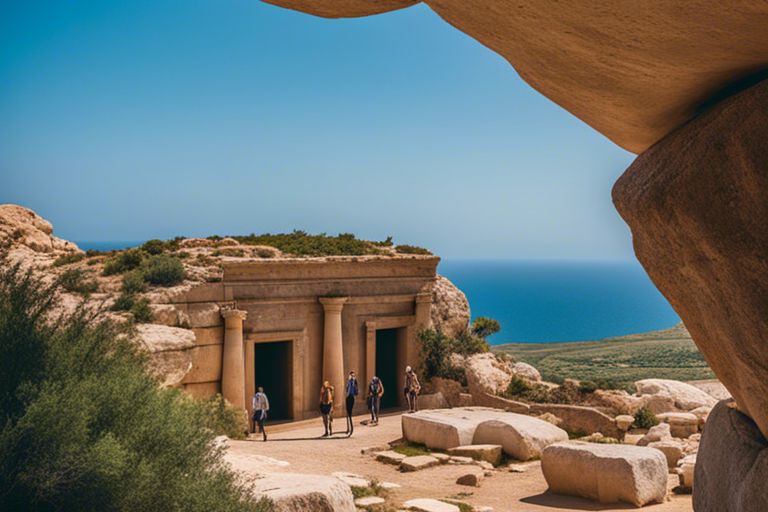Prehistoric Sites in Malta

History holds a significant place in the Maltese islands, with rich layers of ancient civilizations that date back to thousands of years ago. One of the most intriguing aspects of Malta’s history is its prehistoric sites, which are some of the oldest megalithic structures in the world.
The most famous prehistoric site in Malta is the Ġgantija temples on the island of Gozo. These temples are older than the Egyptian pyramids and Stonehenge, dating back to around 3600-3200 BC. The name Ġgantija means ‘giantess’ in Maltese, referring to the temples’ massive size and monumental architecture.
Another remarkable prehistoric site is the Hagar Qim and Mnajdra temples complex on the island of Malta. These temples were built during the same period as the Ġgantija temples and are renowned for their intricate stone carvings and alignments with the sun and moon.
The Hal Saflieni Hypogeum is another significant prehistoric site in Malta. This underground burial chamber dates back to 4000 BC and is considered one of the best-preserved prehistoric sites in the world. The Hypogeum features intricate carvings, altars, and burial chambers, providing valuable insights into ancient Maltese rituals and beliefs.
One of the unique aspects of Malta’s prehistoric sites is the presence of cart ruts. These mysterious parallel tracks, carved into the limestone ground, have puzzled archaeologists for years. The purpose of these cart ruts is still debated, with theories ranging from transportation routes to water irrigation systems.
Malta’s prehistoric sites offer a glimpse into the island’s ancient past, showcasing the sophisticated architectural and engineering skills of its early inhabitants. The temples and structures built by these ancient civilizations stand as a testimony to their cultural, spiritual, and artistic achievements.
Today, these prehistoric sites in Malta are UNESCO World Heritage Sites, attracting visitors from around the world who are eager to explore the mysteries of Malta’s ancient past. Guided tours, museums, and interpretive centers provide visitors with insights into the history and significance of these archaeological wonders.
Exploring Malta’s prehistoric sites is not only a journey back in time but also a way to appreciate the enduring legacy of the island’s early inhabitants. The megalithic temples, burial chambers, and cart ruts offer a unique window into Malta’s prehistoric past, inviting visitors to marvel at the ingenuity and creativity of ancient civilizations.
FAQs:
What are Malta’s prehistoric sites?
Malta’s prehistoric sites include the Ġgantija temples, Hagar Qim and Mnajdra temples complex, and the Hal Saflieni Hypogeum, among others.
How old are Malta’s prehistoric sites?
These sites date back to around 3600-3200 BC, making them some of the oldest megalithic structures in the world.
What is the significance of the Ġgantija temples?
The Ġgantija temples are renowned for their massive size and monumental architecture, predating the Egyptian pyramids and Stonehenge.
What is unique about the Hal Saflieni Hypogeum?
The Hypogeum is an underground burial chamber with intricate carvings and altars, providing insights into ancient Maltese rituals and beliefs.
What are cart ruts, and why are they significant?
Cart ruts are mysterious parallel tracks carved into limestone ground, their purpose still debated among archaeologists, with theories ranging from transportation routes to water irrigation systems.
Recommended Posts

Navigating Malta’s Business Tax Laws
June 28, 2024

Malta for Digital Nomads
June 28, 2024

iGaming: Europe’s Top Betting Destinations
June 28, 2024



